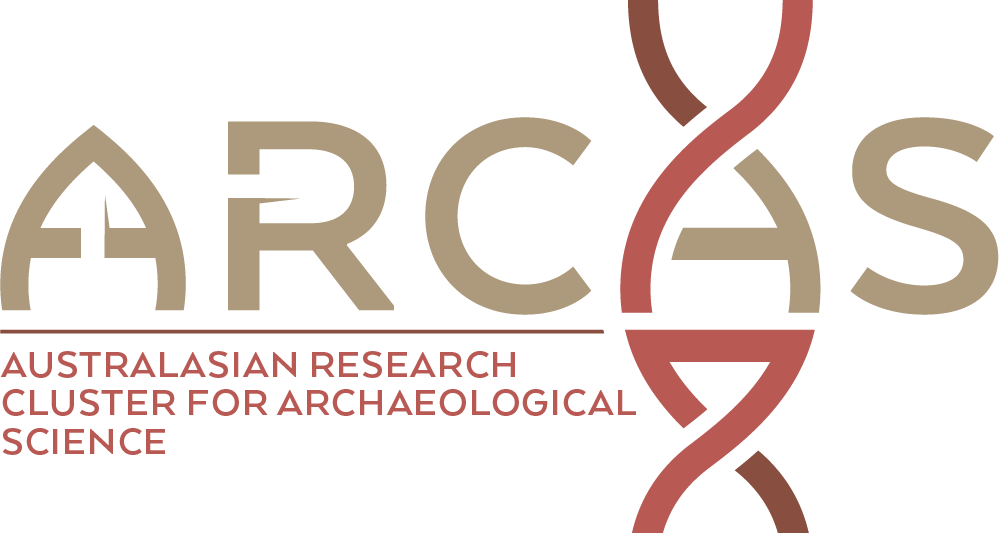Archaeological use of Synthetic Aperture Sonar on deepwater wreck sites in Skagerrak
Publication date: January 2018Source:Journal of Archaeological Science, Volume 89 Author(s): Øyvind Ødegård, Roy E. Hansen, Hanumant Singh, Thijs J. MaarleveldMarine archaeological surveying in deep waters has so far been challenging, mainly due to operational and technological constraints. The standard tool has been Side Scan Sonar (SSS) towed behind a surface vessel. Synthetic Aperture Sonar (SAS) technology is not subject to the traditional range/resolution trade-off, and produces results of considerably higher quality than traditional SSS. In 2015 and 2016 a comprehensive mapping of wrecks in Skagerrak, a large deepwater area off the south coast of Norway was undertaken, using an interferometric SAS system deployed on an autonomous underwater vehicle. By examining data from two passes of one of the many historical wrecks that were detected in the survey area, we demonstrate how SAS can be used to produce very high resolution imagery and bathymetry of wreck sites. Furthermore, post processing techniques are applied to exploit the high information content inherent in SAS data, enhancing aspects of the data for relevant archaeological analysis and interpretation. We show in this paper how SAS technology represents significant improvements in our abilities to conduct high quality and high resolution seabed mapping. The adoption of this technology will both benefit archaeological research and provide knowledge for better decision making in underwater cultural heritage management.
